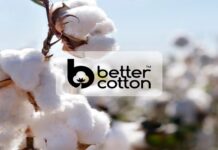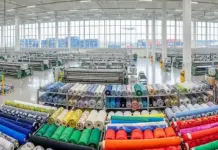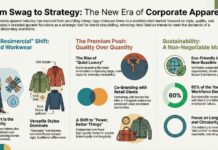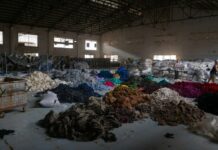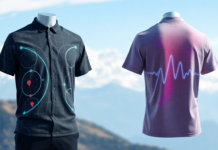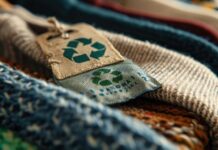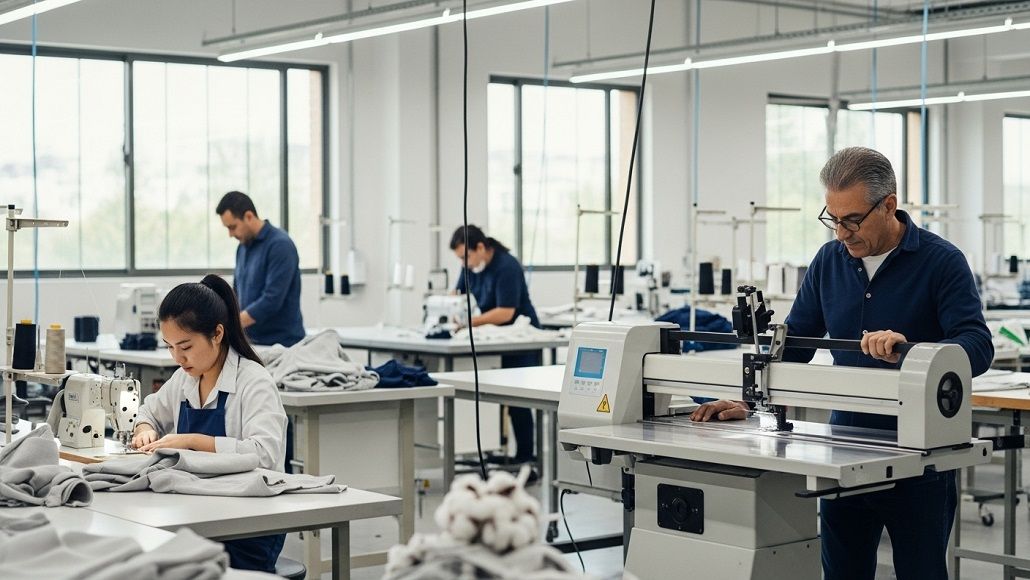The global apparel industry is at a critical juncture. With consumers becoming increasingly aware of environmental issues, and the impacts of climate change becoming clearer, the traditional model of mass production is under scrutiny. Historically, the industry has thrived on the philosophy of “more is more,” but recent trends suggest that there is a more sustainable approach—producing less while maintaining profitability. Profitability within a reduced production model is not just feasible but can be strategically advantageous.
Understanding the Current Landscape
The apparel industry produces over 100 billion garments annually, according to the Ellen MacArthur Foundation, contributing to significant environmental harm. It accounts for approximately 10% of global carbon emissions and consumes vast amounts of water—approximately 93 billion cubic meters annually (World Resources Institute). Additionally, the linear model of “take-make-dispose” has led to mountains of textile waste, with a staggering 92 million tons of textile waste produced each year (UNEP).
In response to this crisis, brands are reevaluating their production strategies. The pressing question is: How can the apparel sector produce less and still profit?
Embracing a Circular Economy
The concept of a circular economy is rapidly gaining traction within the textile and apparel industry. Rather than following a linear pattern, the circular economy focuses on sustainability by reusing, refurbishing, and recycling products.
- Quality Over Quantity: Brands should pivot toward creating high-quality, durable garments that can withstand the test of time. A study by McKinsey found that sustainable and luxury brands that emphasize quality have a better chance of retaining customer loyalty (McKinsey & Company, 2020). Investing in better materials may increase upfront costs, but it pays off in enhanced brand loyalty and reduced returns.
- Recycling and Upcycling: Incentivizing customers to return used garments can create a closed-loop system. For instance, H&M’s Garment Collecting Initiative is designed to encourage recycling and has successfully diverted millions of items from landfills. Brands can also explore partnerships with organizations such as the Better Cotton Initiative (BCI) to source sustainable materials that can be recycled and reused.
Implementing On-Demand Production
Another effective strategy for optimizing profitability while reducing production volumes is the implementation of an on-demand production model. This approach not only minimizes excess inventory but aligns closely with customer preferences.
- Utilizing Technology: Advances in technology, such as 3D printing and AI-driven design tools, allow brands to produce customized pieces as orders come in. For example, Unmade has built a platform that enables customers to personalize designs while ensuring that production only occurs when an order is placed, effectively reducing waste.
- Data-Driven Insights: Utilizing data analytics is essential for brands to better understand consumer trends and preferences. Companies that leverage data can anticipate demand accurately and adjust production accordingly, significantly reducing overproduction and markdowns. Zara, for instance, uses real-time data to monitor inventory and customer preferences, allowing them to maintain leaner production schedules while still meeting demand.
Leveraging Sustainable Materials
Transitioning to sustainable materials is another crucial strategy that can help reduce production volumes while enhancing brand reputations and profitability. The demand for eco-friendly fabrics is surging, driven by consumer awareness of environmental issues.
- Sourcing Regenerative Materials: Brands should focus on sourcing materials that are sustainable and have lower environmental impacts. For instance, organic cotton and Tencel are increasingly popular due to their reduced ecological footprint. Companies like Adidas have committed to using recycled polyester in their products, significantly reducing their production costs and environmental impact.
- Transparency and Storytelling: Modern consumers increasingly value transparency in sourcing. Brands that clearly communicate their sustainable practices can build trust and loyalty among customers. For example, Everlane’s “Radical Transparency” approach highlights the true cost of their garments, fostering customer loyalty and enhancing brand value.
Fostering Collaborative Partnerships
In an industry as complex as apparel, collaboration is key. By partnering with other brands, organizations, and stakeholders, companies can share resources and knowledge, leading to more efficient production processes.
- Industry Coalitions: Brands can join or form coalitions that promote sustainable practices across the industry. The Sustainable Apparel Coalition, for example, brings together various stakeholders to develop best practices for sustainability.
- Collaborative Consumption: Embracing concepts like rental services can significantly reduce the volume of new production. Brands like Rent the Runway have successfully tapped into this market, providing consumers with high-quality apparel without the commitment of ownership.
Conclusion
The apparel industry is undergoing a transformation that necessitates a shift in how brands approach production and profitability. By embracing a circular economy, implementing on-demand production, utilizing sustainable materials, and fostering collaborative partnerships, the sector can produce less while still thriving financially. As the industry pivots toward sustainability, those who adapt will not only align with consumer expectations but also pave the way for a more responsible and profitable future in fashion.
In conclusion, the path toward sustainability is fraught with challenges, but it also presents a unique opportunity for the apparel sector to innovate and redefine success. By prioritizing less over more, brands can not only protect the planet but also secure their position in a rapidly evolving market. As the industry embraces these changes, it is clear that producing less can indeed lead to greater profitability, creating a win-win scenario for businesses and the environment alike.






